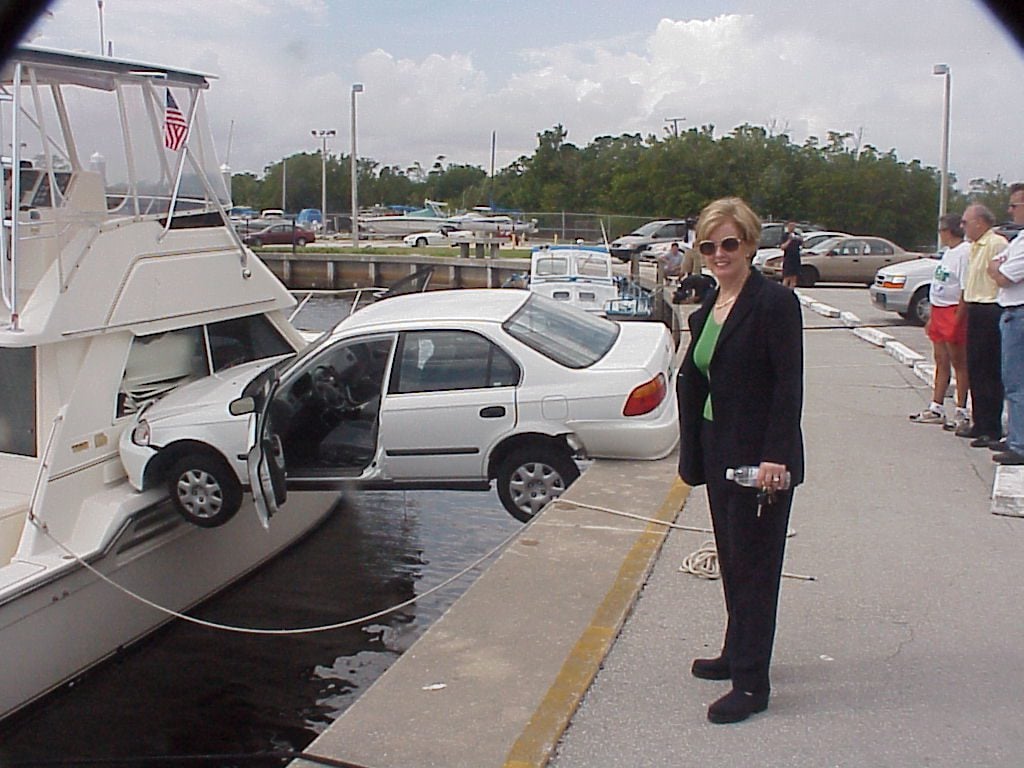Search for topics or resources
Enter your search below and hit enter or click the search icon.
August 9th, 2017 | 2 min read

If I were to go out and ask 10 New York drivers what the definition of no fault insurance is, I’d likely get 10 totally different answers, none of which would be fully correct. Admittedly, before I became an insurance agent, I wouldn’t have known much either.
Some might think no fault insurance is some strange endorsement only purchased by a small percentage of people, when in fact it isn’t. Every New York auto policy with registered vehicles will have no fault insurance. So if you have plates on your car, you have no fault insurance coverage.
No fault insurance, also known as personal injury protection, is medical expense coverage. The words “no fault” are really what throw people off. It means that regardless of which party is at fault in an accident, all parties go through their own insurance company for medical expenses. This coverage is even primary over your health insurance. If you are in an accident and visit your doctor for a sore neck, they’ll ask to see your car insurance info first.
There are minimum and maximum limits to your no fault insurance coverage. It begins with an automatic $50,000 in protection for each vehicle occupant. From there, you can purchase an additional $100,000, usually sold in blocks of $50,000.
Further, there is another $25,000 available as flexible coverage, known as Optional Basic Economic Loss or OBEL. OBEL can be used for additional medical expenses or can even be used to replace lost wages.
There are a couple of sound reasons for purchasing the additional no fault benefits. First, that extra amount goes with you. When you drive a friend’s car, you bring your extra protection. Even if the friend only carries the minimum amount, you personally have an increased limit. Secondly, it will extend protection to any out-of-state passenger traveling with you.
There are a few other things that no fault benefits provide. Included in that mandatory $50,000 you’ll find things like a $2,000 death benefit. Income replacement of 80 percent for lost income up to $2,000, and $25 per day for other necessary expenses too. All of those will usually be enhanced by adding on the additional $50,000 to $100,000. You’ll want to check with your carrier for those specifics.
There are some exclusions, like if you’re injured as a result of driving intoxicated, most carriers will not pay out for no-fault benefits. Otherwise, it’s a worthwhile protection that when needed can be a significant financial boost during recovery.
If you’re not sure what you have, look for the word “aggregate” within the no fault insurance section of your declarations page. There you should find the total amount you’ve purchased. If not, call for a review.
This independent resource has a good article about no fault insurance for more information.
Topics: